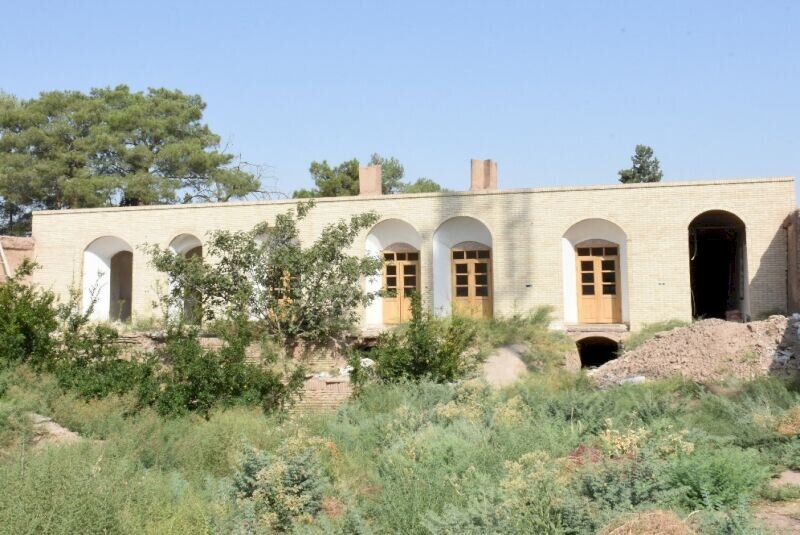Mosque, fortress, and marketplace made national heritage in Kerman

TEHRAN – Six properties including a mosque, fortress, and marketplace located in Iran’s Kerman province, have recently been inscribed on the national heritage list.
The Ministry of Cultural Heritage, Tourism, and Handicrafts announced the inscriptions on Monday in separate letters to the governor-general of the southern province, CHTN reported.
The inscription is expected to help monuments benefit from further protection on the one hand, and prevention of any possible destruction, on the other hand.
Kerman is something of a cultural melting pot, blending various regional cultures over time. It is also home to rich tourist spots and historical sites including bazaars, mosques, caravanserais, and ruins of ancient urban areas.
Its historical core was probably founded by the Sassanid king Ardashir I (reigned 224–241 CE). Under the Safavids, who took control in 1501, it came to be known as Kerman and was made capital of the province. The city was sacked by the Uzbeks in 1509 but was quickly rebuilt. Declining Safavid power in the 17th and early 18th centuries allowed Kerman to be attacked and occupied by Afghan tribesmen in 1720.
Furthermore, Kerman is bounded by the provinces of Fars on the west, Yazd on the north, South Khorasan on the northeast, Sistan-Baluchestan on the east, and Hormozgan on the south. It embraces the southern parts of the central Iranian desert, the Dasht-e Lut, which is a top destination for avid sightseers.
AFM
